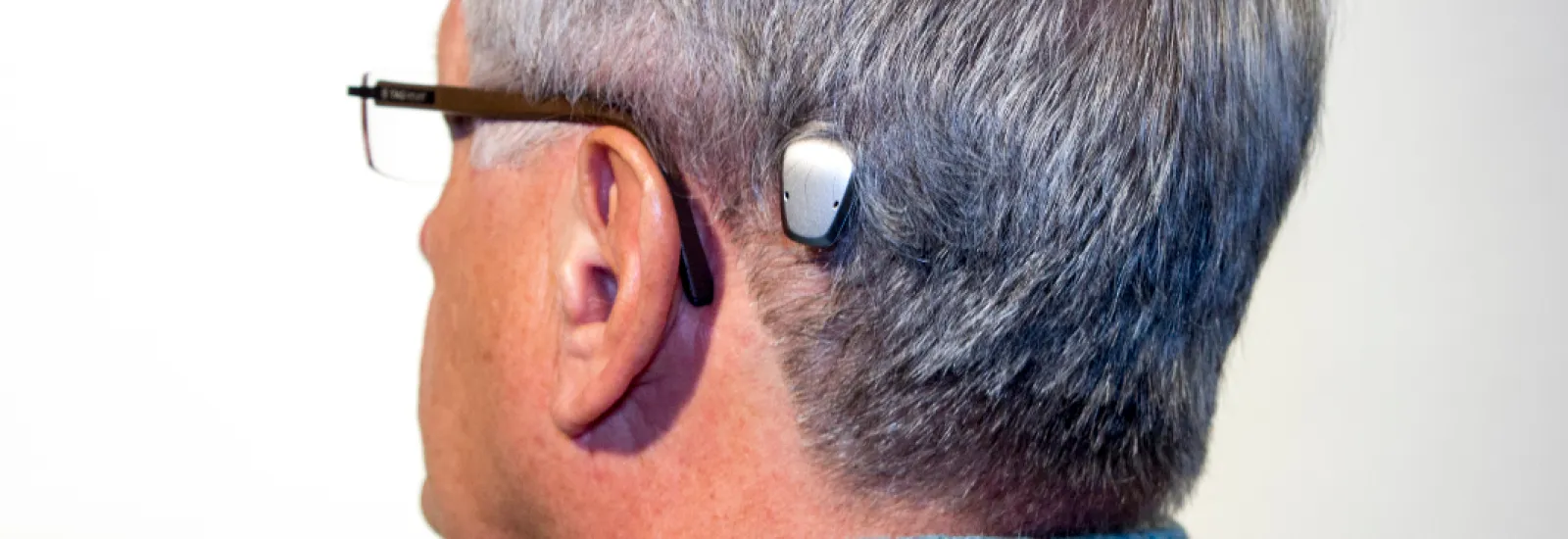
Bone Anchored Hearing Aid - FAQ
What
is a bone anchored hearing aid?
A bone anchored
hearing aid is an established, effective long-term solution for people with
conductive hearing loss, mixed hearing loss, and single-sided deafness (SSD).
The bone anchored hearing aid has three parts: a small
titanium implant placed in the bone behind the ear, a sound processor that
attaches to the implant, and a connection between the sound processor and
implant (choice of magnet or abutment).
Who is
a candidate for Baha Bone Conduction Implants?
Candidates for the bone anchored hearing aid have conductive hearing loss, mixed hearing
loss or single-sided deafness (SSD). The individuals with conductive or mixed
hearing loss have functioning cochleae. The hearing issue results from a middle
ear issue that prevents sound transmission from the outer ear to the cochlea at
the intended levels. Improving hearing
in these cases is a matter of getting the sound to the cochlea.
A bone anchored device makes use of the individual's
existing cochlear function. The bone anchored system stimulates the cochlea
through vibration via bone conduction. These individuals have good speech
discrimination ability once the sound gets to the cochlea.
How
does the bone anchored hearing aid work?
While a hearing aid tries to push sound through the damaged
area, a bone anchored hearing aid uses the beauty of bone conduction to send
clear, crisp sound directly to your inner ear.
The sound processor captures sound in the air.
The sound processor turns the sound into vibrations and
sends them through the abutment to the small implant.
The implant transmits the vibrations through the bone
directly to your inner ear.
What benefits can you expect from the Baha Implant?
- Hear better, even in noisy situations
- Enjoy a clean, more natural sound
- Hear sounds as if they are coming form both sides
- Become more aware of your surroundings, increasing the ability to hear important sounds
- Engage in conversations more easily because you no longer need to keep turning to use your 'good' ear.
How much does the Baha Implant cost?
Unlike
hearing aids, the Baha Implant may be covered by Medicare. They are also
covered by many insurance plans and typically Medicaid.
Contact
your Hearing Implant Specialist to determine if you are a candidate. They can
help you determine coverage and estimate any out-of-pocket costs that may be
your responsibility.
The cost
of a Baha Implant will vary from person to person based on their specific
health plan.

